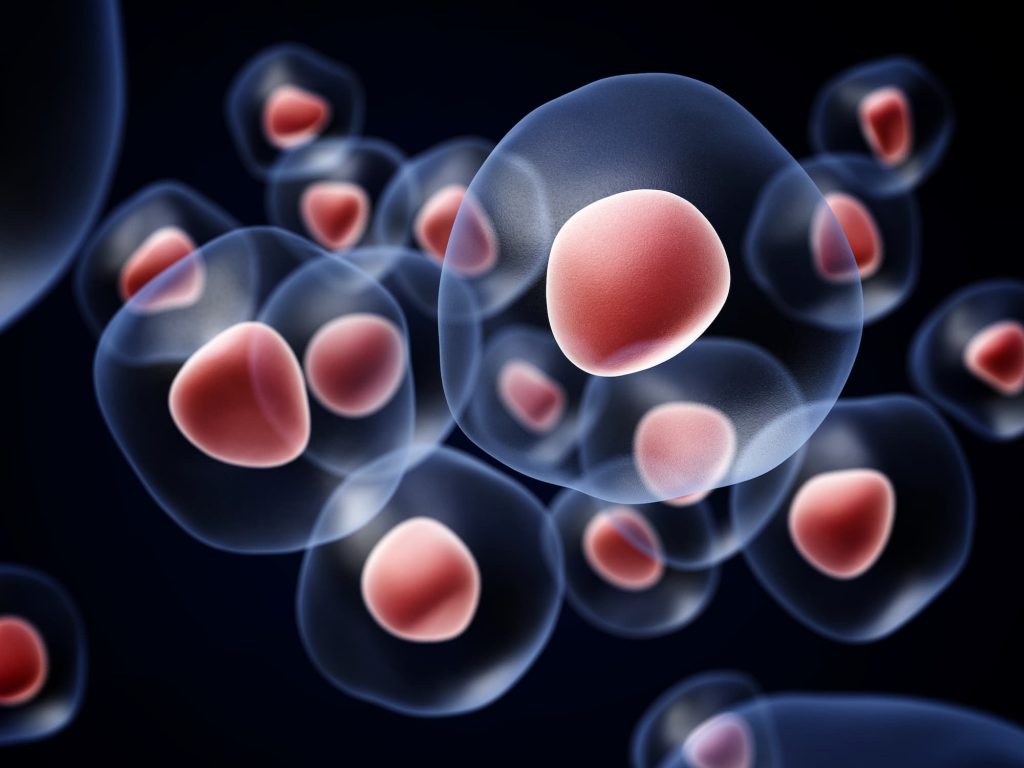Many people talk about robots and new forms of life, with great businessmen trying to impress their audience with new creations, like Elon Musk with Tesla Bot. However, no one talks about Xenobots, a new class of living beings that, however, was created by man.
Today we will see how they work and their “new” ability to reproduce themselves.
What are Xenobots?
In three words, Xenobots are living programmable organisms, a new species just under a millimeter wide. What makes them up are just two elements: ectodermal cells and myocardiocytes, i.e., stem cells derived from African toad embryos (Xenopus).
To better understand their composition, it is sufficient to know that the ectodermal cells function as a support, while the myocardiocytes act as an engine, as they are capable of performing contractions. This makes it possible to walk by having a resistant base to rest on.
Among other things, this type of robot is able to swim, run and carry objects, surviving without eating. Moreover, if damaged or lacerated, they can heal themselves.
One of the latest news regarding these new living beings is that they are able to reproduce.
Where do Xenobots come from and how do they reproduce?
Xenobots were first shown in 2020 and were designed by the University of Vermont, Tufts University, and the Wyss Institute for Biologically Inspired Engineering at Harvard University.
The same team was stunned to see cells that, when placed in a new environment, not only learned to move differently, but also to reproduce like never before.
In fact, scientist Bongard said that, initially, Xenobots are spherical and with 3000 cells, but they are replicated in specific circumstances through kinetic replication. Once they analyzed the phenomenon, the team found a C-shaped molecule.
This harvested hundreds of micro stem cells in its mouth, transforming the gathering into a new Xenobot after a few days. This would allow the creation of new living beings bypassing several processes, applying Xenobots in areas useful to the whole of humanity in the future.
Xenobot use cases
Use cases for Xenobots, which are not yet used for any particular task, include:
- Use in the removal of microplastics from the oceans. Simply have them make piles of plastic pieces that, once accumulated, can be collected for recycling.
- Medical applications, such as targeted delivery of medicines and drugs. This is because Xenobots do not pollute, and they feed themselves by obtaining energy from their own tissues. After a week, a time frame during which the energy runs out, the bots become mere biodegradable cells, since they are not made of metal.
- Removal of plaques from arteries and possible localization of tumors.
Conclusions
As you can see, Xenobots could be the next creation that could help the future of the world in many cases
Being completely made of cells, they don’t create pollution and are not dangerous for mankind.
We leave you with a brief video from the University of Vermont. Enjoy it!
Bibliography
